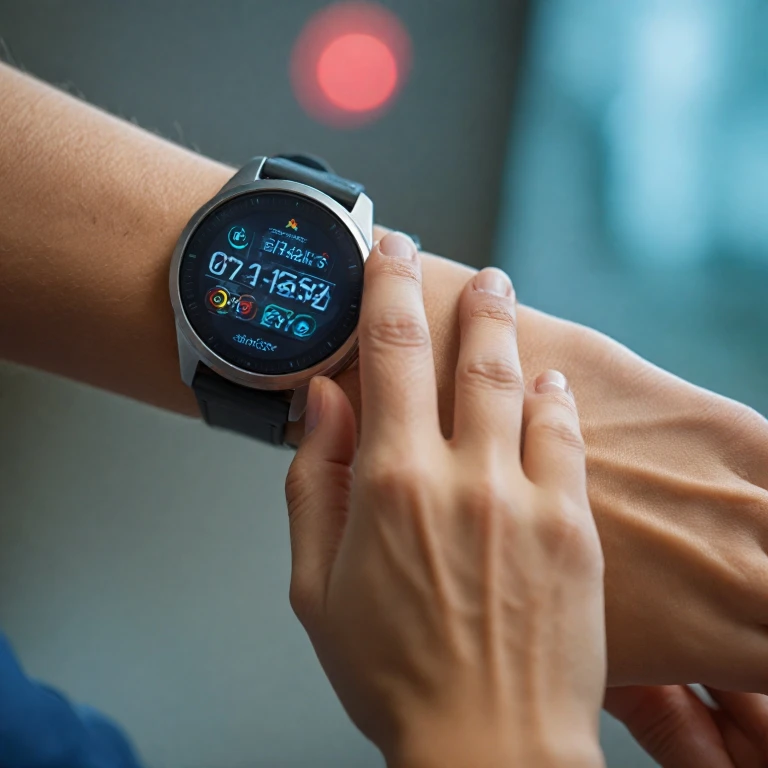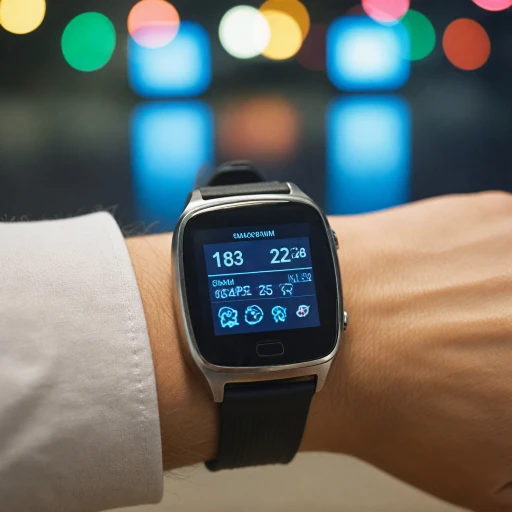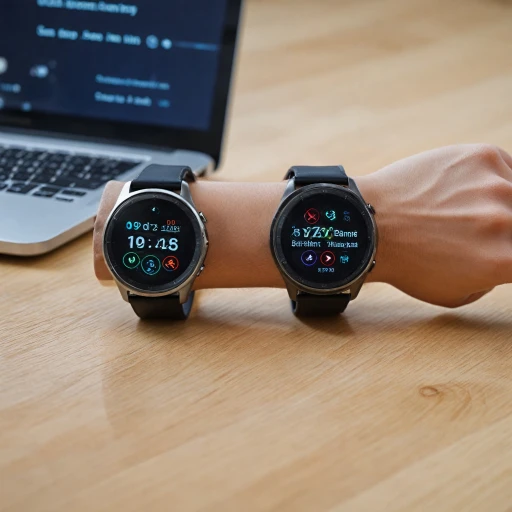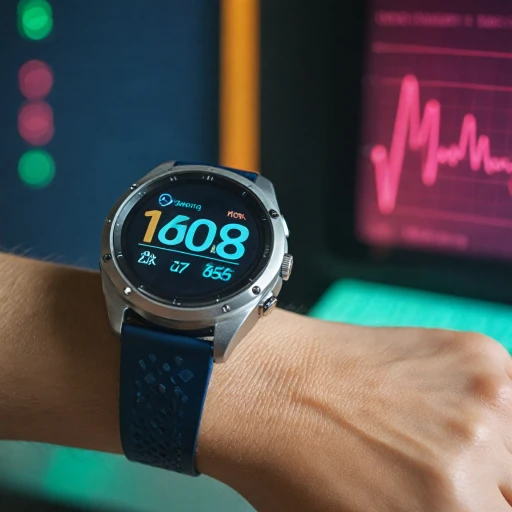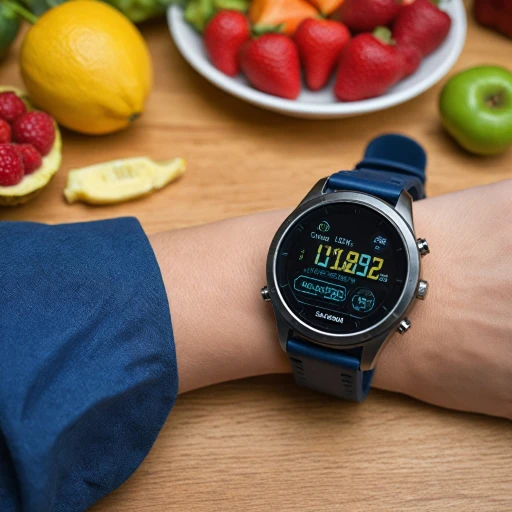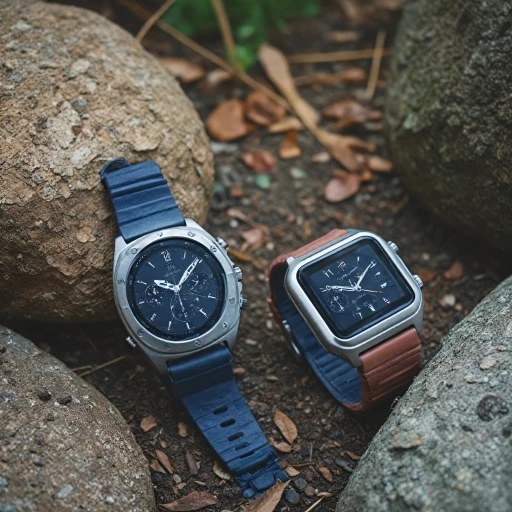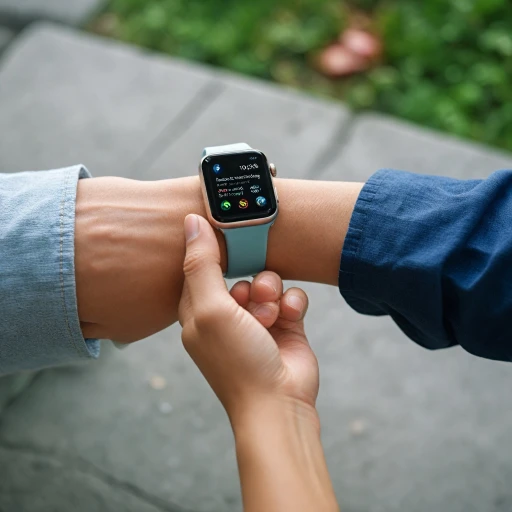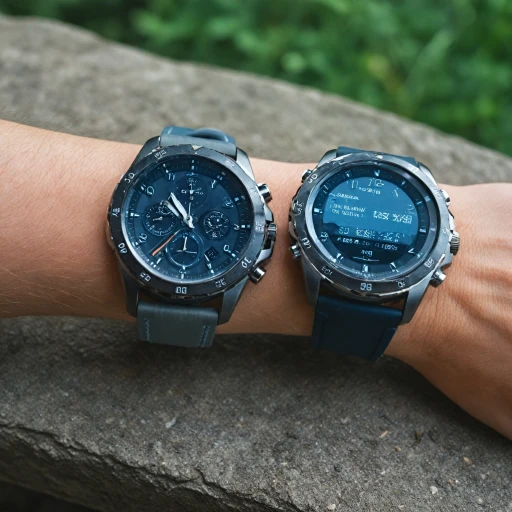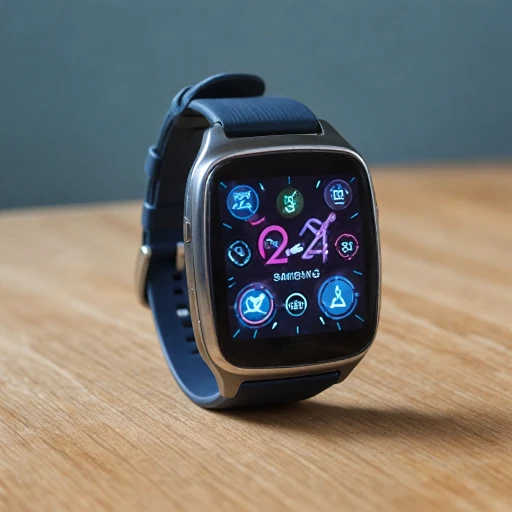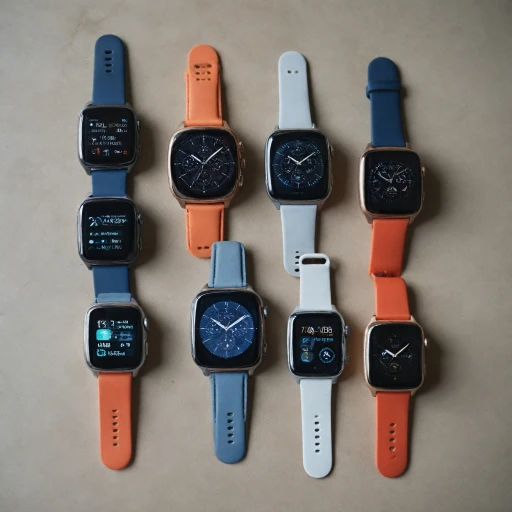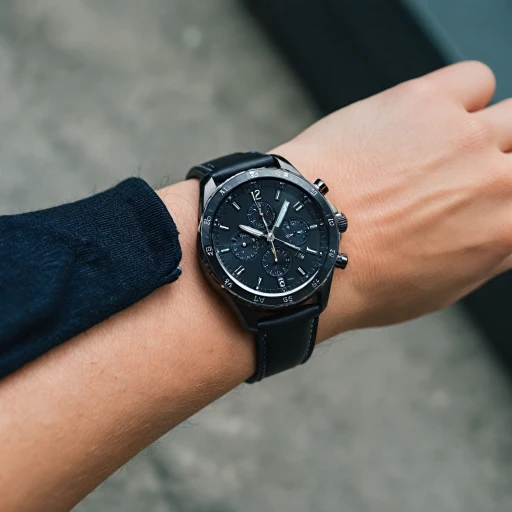
Understanding Blood Sugar Monitoring Needs
Meeting Blood Sugar Monitoring Requirements
Monitoring blood sugar levels is an essential aspect of diabetes care, and the need for accurate and convenient glucose monitoring devices is increasingly evident. For people with diabetes, particularly those with type 1 or type 2 diabetes, keeping track of glucose levels is crucial for maintaining optimal health and preventing complications. Traditionally, this has involved using blood glucose monitors that require finger pricks to collect blood data. However, advances in technology have led to the development of more sophisticated tracking options. Continuous glucose monitors (CGMs) like those from Dexcom, have revolutionized the way glucose is tracked. These devices provide real-time data on sugar levels, offering a more comprehensive view of fluctuations throughout the day. For many, a CGM can significantly improve the quality of diabetes management by alerting users to sudden changes and helping in daily decisions regarding diet, activity, and medication. With the evolution of wearable technology, smartwatches are becoming an increasingly popular tool for health monitoring. Brands like Apple and Galaxy are at the forefront, integrating features that promise to enhance glucose monitoring capabilities. The use of smartwatches for tracking health parameters not only simplifies the process but also synchronizes various health metrics—such as heart rate and blood pressure—into a single device. These advancements hold promise for more informed health management. For comprehensive insights into optimizing smartwatch usage beyond blood sugar tracking, consider exploring the benefits of understanding VO2 max on your Apple Watch. This resource can provide a broader perspective on how these devices can enhance overall fitness and wellbeing.The Evolution of Smartwatches in Health Monitoring
The Rise of Smartwatches in Health Monitoring
Smartwatches have evolved significantly over the years, becoming indispensable tools in the realm of health monitoring. Initially designed as simple fitness trackers, these devices have transformed into sophisticated health companions. They now offer a range of features that cater to the needs of people with diabetes and those interested in continuous glucose monitoring (CGM).
One of the key advancements in smartwatches is their ability to monitor various health metrics, including heart rate, blood pressure, and glucose levels. This evolution has been driven by the increasing demand for real-time health data, especially among individuals managing chronic conditions like diabetes. With the integration of continuous glucose monitoring systems, smartwatches can now provide users with real-time insights into their blood sugar levels, offering a more comprehensive approach to diabetes care.
Smartwatches and Continuous Glucose Monitoring
The integration of CGM technology into smartwatches has been a game-changer for people with diabetes. Devices like the Apple Watch and Galaxy Watch have started to incorporate features that allow for seamless glucose monitoring. These smartwatches work in tandem with CGM devices, such as those from Dexcom, to deliver continuous glucose data directly to the user's wrist. This innovation not only enhances convenience but also empowers users to make informed decisions about their health.
Moreover, the ability to monitor glucose levels in real-time helps users maintain better control over their blood sugar levels, reducing the risk of complications associated with diabetes. As technology continues to advance, the accuracy and reliability of these devices are expected to improve, making them even more valuable for diabetes management.
Impact on the Market and Accessibility
The growing demand for health-focused smartwatches has also influenced the market dynamics. While the price of these devices can vary, the increasing competition among manufacturers is likely to drive prices down, making them more accessible to a broader audience. As more people become aware of the benefits of using smartwatches for health monitoring, the adoption of these devices is expected to rise.
For those interested in exploring the best options available, this guide provides valuable insights into the top smartwatches for managing diabetes, helping users make informed choices based on their specific needs and preferences.
How Blood Sugar Level Monitor Watches Work
The Mechanism Behind Blood Sugar Level Monitor Watches
Smartwatches have come a long way in adapting cutting-edge technology to cater to various health monitoring needs, including blood sugar levels. For people managing diabetes, the ability to monitor glucose levels continuously is a game changer. But how do these blood glucose level monitors work within a watch? The concept revolves around integrating continuous glucose monitoring (CGM) systems with wearables. These devices, such as the ones offered by companies like Dexcom, employ sensors that constantly measure glucose levels just beneath the skin. These readings are then transmitted wirelessly to compatible smart devices, including smartwatches like the Apple Watch and Galaxy Watch, providing real-time glucose data. Several smartwatches have embraced CGM capabilities, working in tandem with other health monitoring features, such as heart rate and blood pressure tracking. It's worth noting that some models may require additional components, such as a separate monitor device to facilitate communication between the CGM system and the smartwatch. Additionally, through a CLS (closed-loop system), smartwatches can become a vital tool in diabetes care, allowing for timely interventions based on glucose level trends. As these devices evolve, so does the integration of data analytics, making it easier for users to track patterns and make informed health decisions. For those evaluating their options, comparing available models is crucial. While some might opt for fitness trackers, others may seek the comprehensive health monitoring features integrated into advanced smartwatches. Given the diverse range of options and price points, finding the best device might require some guidance. If you're considering options like the Apple Watch versus a Fitbit, our comprehensive guide might help you decide.Benefits of Using a Blood Sugar Level Monitor Watch
Advantages of Blood Sugar Monitoring with Smartwatches
Smartwatches equipped with blood sugar monitoring capabilities offer a range of benefits, particularly for individuals managing diabetes. These devices pave the way for more convenient and continuous health management.- Seamless Integration: A major advantage of using smartwatches for blood glucose monitoring is the seamless integration with daily life. With devices like the Apple Watch and Galaxy Watch, users can conveniently monitor their glucose levels without interrupting their daily routines.
- Real-Time Data Access: These smart devices provide continuous glucose monitoring (CGM) capabilities, enabling users to access real-time data on their blood sugar levels. This allows for better diabetes care as users can quickly respond to changes in their glucose levels, potentially preventing complications associated with hyperglycemia or hypoglycemia.
- Discreet Health Management: Individuals can discreetly manage their health, as smartwatches often resemble traditional watches or fitness trackers, making them less noticeable as medical devices compared to traditional glucose monitors.
- Comprehensive Health Tracking: Beyond glucose monitoring, these devices also track other health metrics like heart rate and blood pressure, providing a holistic view of one's health status. This comprehensive tracking can be particularly advantageous in understanding the interplay of different health factors.
- User-Friendly Interfaces: The intuitive interfaces of these devices, coupled with smartphone apps, make it easier for users to track their data over time, helping them and their healthcare providers make informed decisions about their health management.
- Custom Alerts and Notifications: With custom alerts, users can receive notifications when their blood sugar levels are too high or too low, enhancing timely intervention and reducing the risk of emergencies.
Challenges and Limitations
Overcoming the Current Barriers
While the potential for smartwatches in blood sugar monitoring is indeed groundbreaking, several challenges and limitations need to be addressed. Understanding these can aid both manufacturers and users in optimizing the use of blood sugar level monitor watches.
One of the primary challenges lies in accuracy and reliability. Traditional blood glucose monitors have long been known for their precision, setting a high benchmark that smartwatch technology must meet or exceed. Although continuous glucose monitoring (CGM) devices like Dexcom have shown promise, integrating similar precision in a smartwatch remains a technical hurdle. People relying on these devices need consistent and accurate readings to help manage their diabetes effectively.
The integration of this sophisticated technology within a compact, wearable device can also inflate the price, making these smartwatches less accessible to the general population. Ensuring that these devices are affordable will be crucial in widespread health adoption.
Another limitation is battery life. Continuous monitoring and real-time data transmission can drain battery power swiftly, which is a significant drawback for an otherwise practical smartwatch. Balancing features such as heart rate, fitness tracking, and blood glucose monitoring with battery efficiency is an ongoing challenge.
It's also worth considering the user interface and data interpretation. The CLS fill rate, data presentation, and notification systems in a smartwatch should be user-friendly to effectively aid people with diabetes. This ensures that data on sugar levels and glucose changes is easy to understand, enabling swift action when necessary.
Finally, regulatory approvals from health authorities remain a key aspect. These devices must meet strict clinical standards to be considered for health applications, a process that can delay the availability of advanced monitor watches.
Smartwatch manufacturers, including big names like Apple, are continually innovating in this space. As technology advances, many of these challenges may see progress, but until then, understanding the current limitations can help users set realistic expectations regarding their smartwatch's monitoring capabilities.
